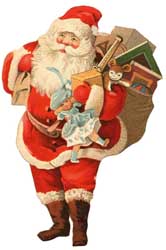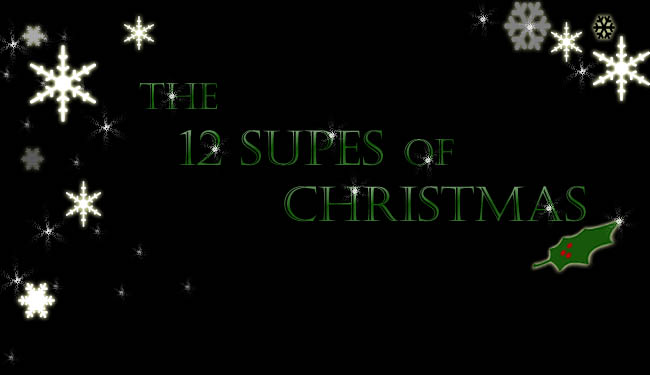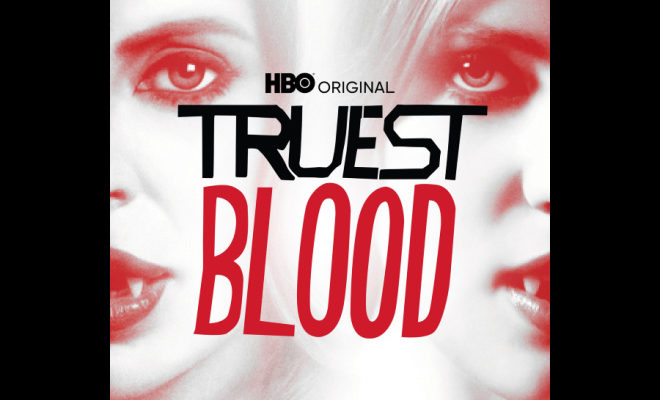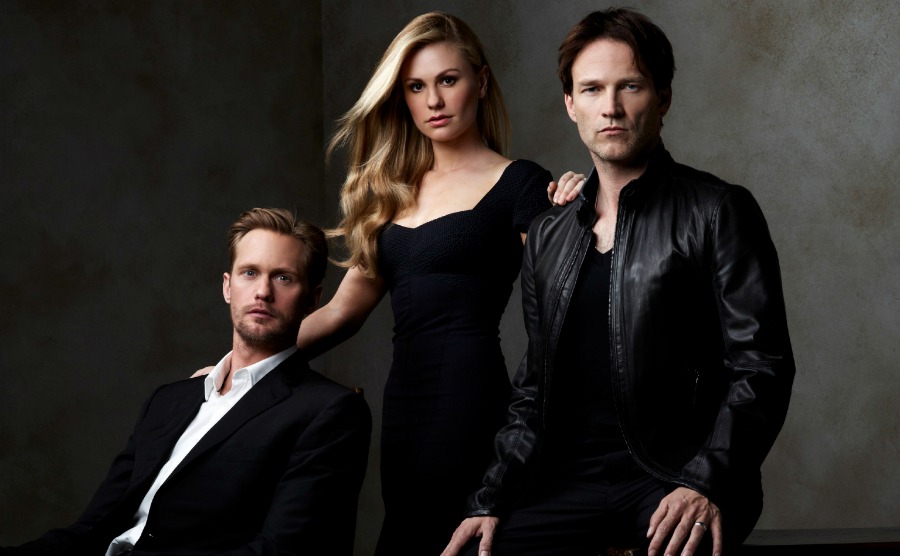Holiday Mythology: Christmas & Yule, Part 3
The Pagan and Mystical Connection with Yule and Christmas
There are many legends attached to the Christmas culture of Christians who celebrate the feast. For example, some farm and rural people go out to the barns and paddocks of their farms to hear the animals talk at midnight on Christmas Eve. Others believe that the faeries are best seen at Christmas by people of good will and of a child-like disposition. Mischievous faeries can be gotten from the home by leaving the door open a crack on Christmas Eve night. And who can forget that jolly old elf?

Santa Claus is often associated in neo-pagan circles with the legend of Odin, one of the major gods of the Norse people. In the Poetic Edda and the Prose Edda, each winter, the god Odin goes hunting riding his eight legged horse Sleipnir. Children would set out their boots filled with straw, carrots, grain and sugar for Odin’s horse and in return for their thoughtfulness, Odin fills their boots with candy and small gifts ( this harkens to the practice of stockings hanging on the mantle)
Other legends from the Norse also contribute to the myth of Santa Claus. One is of Krampus, a mischievous spirit who likes to play pranks and frighten children who have been naughty. He is also related to Black Peter, who is associated with Odin as Norwii, a little familiar spirit who helps Odin fill the boots of good children with goodies and the boots of naughty children with switches. In Scandinavian countries, there was Tomte or Nisse, an elf who rewarded good people (adults and children alike).
The giving of gifts in Christian tradition is supposed to mimic the giving of gifts by the three wise men to the Christ child. But as the pagan people were being Christianized, the god Odin was being replaced by a Christian figure: Saint Nicholas, Bishop of Myra, a part of modern day Turkey.
Nicholas was famous for his piety, generosity, and as a miracle worker. He is the patron saint of children. In one account of the saint’s life, he was said to have resurrected three murdered children and sought justice for them by finding their murderers and executing them, bringing their severed heads in a sack before the judge.
Nicholas’ feast day is December 6 and those devoted to the saint’s example give gifts of clothing, food and money in the name of St. Nicholas.
Sources: Butler’s Lives of the Saints, Holidays Around the World by Stephanie Woll and The Ways of People: Celebrating Around the Globe by Daniel Michaels, Goddess Alive by Elizabeth Dougan and Where There is Magik, the Goddess is Afoot by Starsinger, The Encyclopedia of Mythology by Eric Flaum and Edith Hamilton’s Mythology by Edith Hamilton, Why Do We Do That? by Father Simon McNarry.







Pingback: Christmas Gift Ideas » Blog Archive » Holiday Mythology: Christmas & Yule, Part 3 : True-Blood.net …